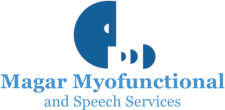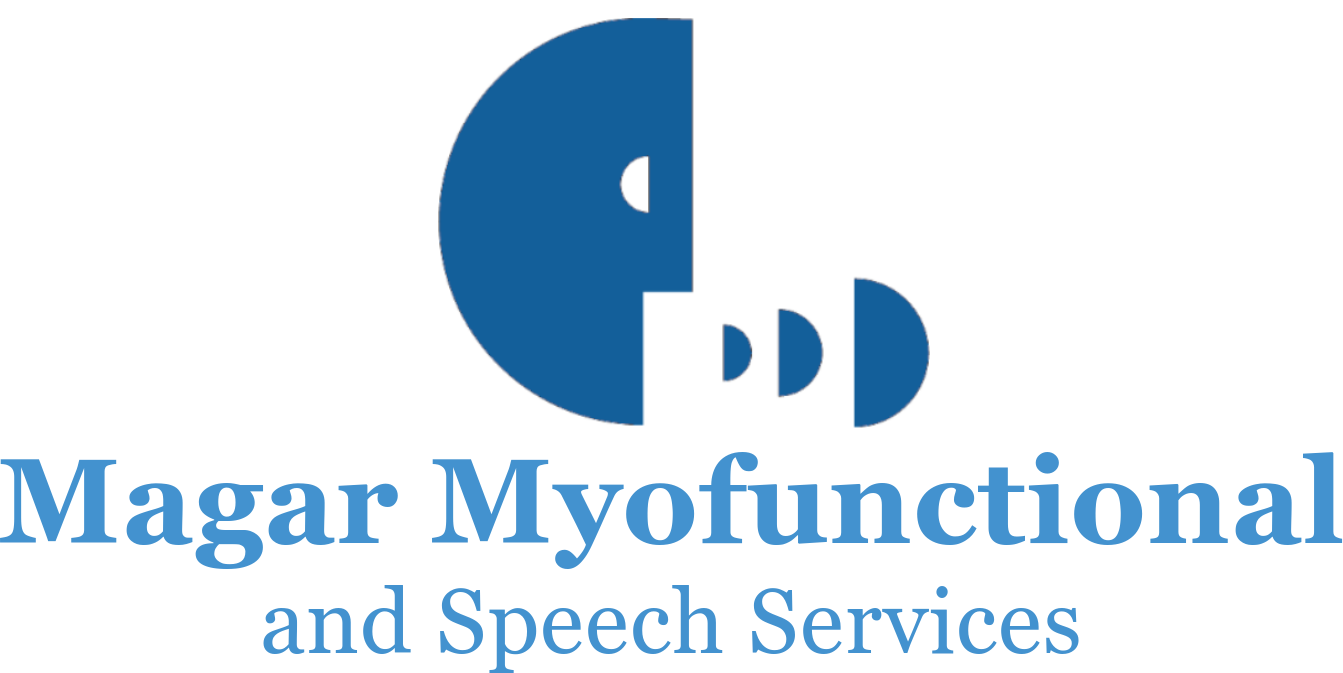By:
Sue Grogan-Johnson 1, Robin Alvares, Lynne Rowan, Nancy Creaghead
This study compared the progress made by school children in speech language therapy provided through videoconferencing and conventional face-to-face speech language therapy. The children were treated in two groups. In the first group, 17 children received telemedicine treatment for 4 months, and then subsequently conventional therapy for 4 months. In the second group, 17 children received conventional treatment for 4 months and then subsequently telemedicine treatment for 4 months. The outcome measures were student progress, participant satisfaction and any interruptions to service delivery. Student progress reports indicated that the children made similar progress during the study whichever treatment method was used. There was no significant difference in GFTA-2 scores (Goldman-Fristoe Test of Articulation) between students in the two treatment groups. Satisfaction surveys indicated that the students and parents overwhelmingly supported the telemedicine service delivery model. Videoconferencing appears to be a promising method of delivering speech language therapy services to school children.


Write a Comment